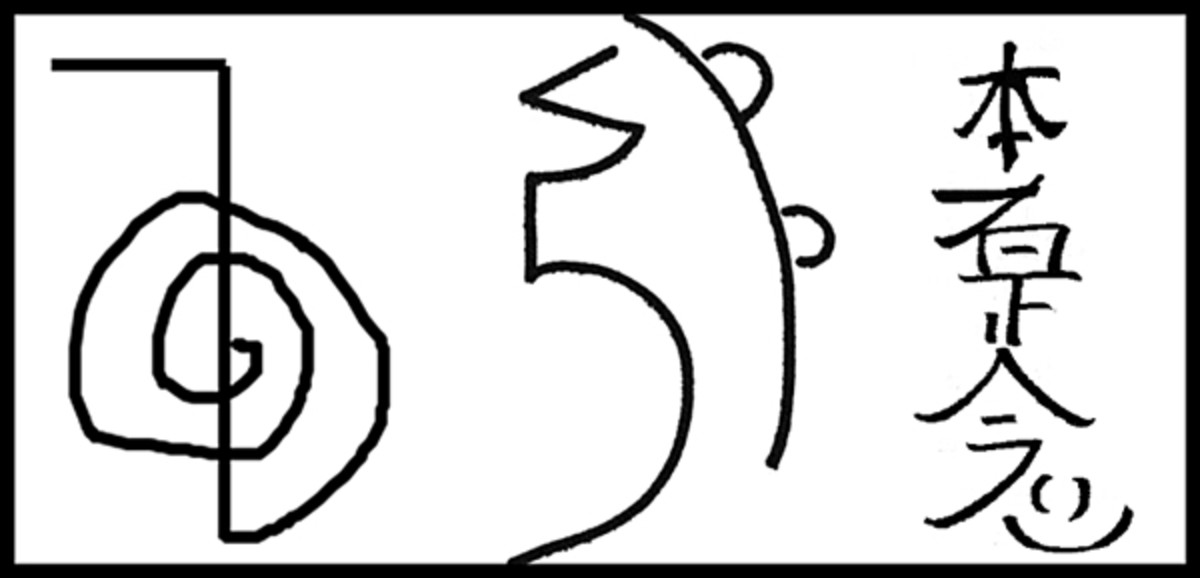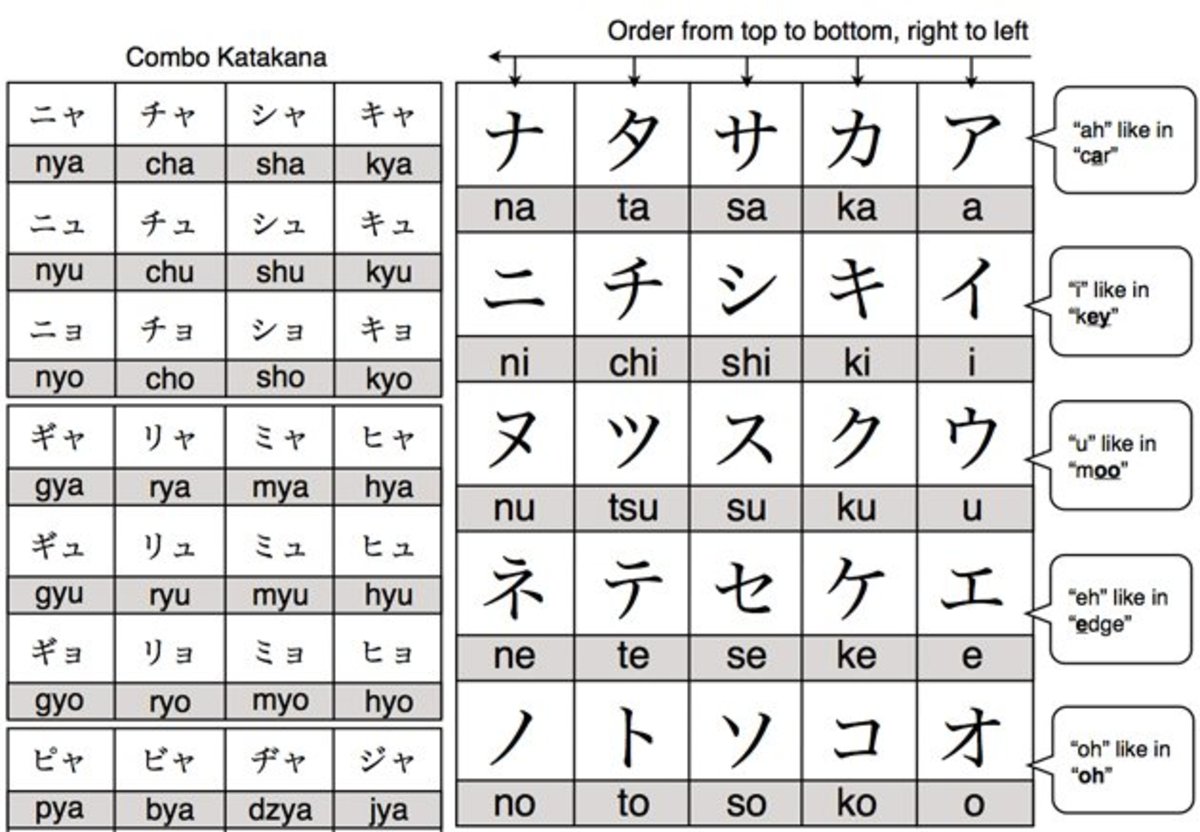Instructions on Counting to 20 in Japanese

Learning to count in Japanese is one of the hardest parts of the language for somebody who has just started learning Japanese. There's simply so many different pronunciations, writings and counting systems which change a lot depending on the context.
First of all, let me introduce you the numbers from one to ten with their most common readings. For instance, these pronunciations would be used by children when counting strokes in a kanji or let's say all red-colored cars passing by.
They go as follows:
one
| two
| three
| four
| five
| six
| seven
| eight
| nine
| ten
|
|---|---|---|---|---|---|---|---|---|---|
ichi
| ni
| san
| yon
| go
| roku
| nana
| hachi
| kyuu
| jyuu
|
Numbers from 11 to 20
Luckily, unlike in most European languages, here comes an easier part.
When simply counting numbers, to pronounce two digit numbers all you have to do is spell out each digit forming it. Therefore "11" is literally "ten-one" and "19" would be pronounced as "ten-nine". "20" isn't a big surprise either whereas mostly it's pronounced "two-ten".
eleven
| twelve
| thirteen
| /.../
| seventeen
| eighteen
| nineteen
| twenty
|
|---|---|---|---|---|---|---|---|
jyuuichi
| jyuuni
| jyuusan
| /.../
| jyuunana
| jyuuhachi
| jyuukyuu
| nijyuu
|

Do you speak Japanese?
When it really gets complicated
The odds are that after practicing a day or two everything presented in the two tables is memorized quite easily. But the tricky part is putting this newly acquired skill to use. We quickly discover that in most situations it's quite hard to find the right thing to say. For example number two could be pronounced as "ichi" or "hito" (and sometimes turns into "tsui" as in first day of the month - "tsuitachi")
The original, Japanese pronunciation is "hito" and we find it different compounds such as "one person" which is "hito-ri". Ri is called a counter and it's something mostly found in East Asian languages. In English we could compare it to words such as kg or meters, with one exception - in English we can omit the counters and still be understood, but in Japanese you always have to use a counter. The most common and most easily used counter is "-tsu" or "-ko". Tsu and ko are used for inanimate (small) objects which don't have fixed counter word or it is acceptable to use it if the person counting does not know the appropriate word. Therefore, children and foreigners can always use "tsu" or "ko" counter. From one two ten "tsu" is more common. There are words after ten with "tsu" counter but they are so rare and so seldom used, better not to memorize them yet. Instead, use "ko" counter which is rather used for numbers from 11 to 20.
Let's compare the numbers with "tsu" an "ko" counting systems and for comparison let's add also the counting words for people and flat objects. The counter word for people is great to show off the varying nature of Japanese numerals where different pronunciation systems are used all together, seemingly without any rules. The counter word for thin, flat objects "mai", used to count clothes, sheets of paper, photos etc.
Common reading
| Generic tsu counting
| Generic ko counting
| Counting people
| Counting flat, thin objects
| |
|---|---|---|---|---|---|
1
| ichi
| hitotsu
| ikko
| hitori
| ichimai
|
2
| ni
| futatsu
| niko
| futari
| nimai
|
3
| san
| mittsu
| sanko
| sannin
| sanmai
|
4
| yon
| yottsu
| yonko
| yonin
| yonmai
|
5
| go
| itsutsu
| goko
| gonin
| gomai
|
6
| roku
| muttsu
| rokko
| rokunin
| rokumai
|
7
| nana
| nanatsu
| nanako
| shichinin / nananin
| nanamai
|
8
| hachi
| yattsu
| hakko
| hachinin
| hachimai
|
9
| kyuu
| kokonotsu
| kyuuko
| kyuunin
| kyuumai
|
10
| jyuu
| tou (too)
| jyukko
| jyuunin
| jyuumai
|
11
| jyuuichi
| jyuuikko
| jyuuichinin
| jyuuichimai
| |
12
| jyuuni
| jyuuniko
| jyuuninin
| jyuunimai
| |
13
| jyuusan
| jyuusanko
| jyuusannin
| jyuusanmai
| |
14
| jyuuyon
| jyuuyonko
| jyuuyonin
| jyuuyonmai
| |
15
| jyuugo
| jyuugoko
| jyuugonin
| jyuugomai
| |
16
| jyuuroku
| jyuurokko
| jyuurokunin
| jyuurokumai
| |
17
| jyuunana
| jyuunanako
| jyuushichinin / jyuunananin
| jyuunanamai
| |
18
| jyuuhachi
| jyuuhakko
| jyuuhachinin
| jyuuhachimai
| |
19
| jyuukyuu
| jyuukyuuko
| jyuukyuunin
| jyuukyuumai
| |
20
| nijyuu
| nijyukko
| nijyuunin
| nijyuumai
|
As you can see, in reality the counting systems have evolved and changed. There is no more one single system which would use only native Japanese pronunciations (because "ichi" and "ni" are more easily pronounced and understood as their native "hito" and "futa" counterparts) but also there is no one system with only Chinese pronunciations as the Japanese have preferred to keep some native versions as "yon" instead of "shi" which has lots of synonyms, including "death". For the same reasons "nana" is more used than "shichi". On the other hand, "shichi" is still often encountered as in some combinations it's easier to pronounce than "nana".
Although the myriad of counters might be frightening to begin with, don't worry. Once you have mastered the four basic counting systems, the rest come quite easily. You'll start getting this hunch whether it's better to use the Chinese or Japanese reading and you'll see that most of them follow quite similar pattern.
So my final word would be that after all, it's not so complicated, but simply different. Although it's true that a journey of 10 000 miles starts with two steps, but those two steps are most important and the hardest. After the first ones, the remaining are quite easy. Don't forget, that's the best part about Japanese. If you work hard the first two years, you can be conversing already in your third year. There's not so many languages which let you advance so fast in the beginning.









